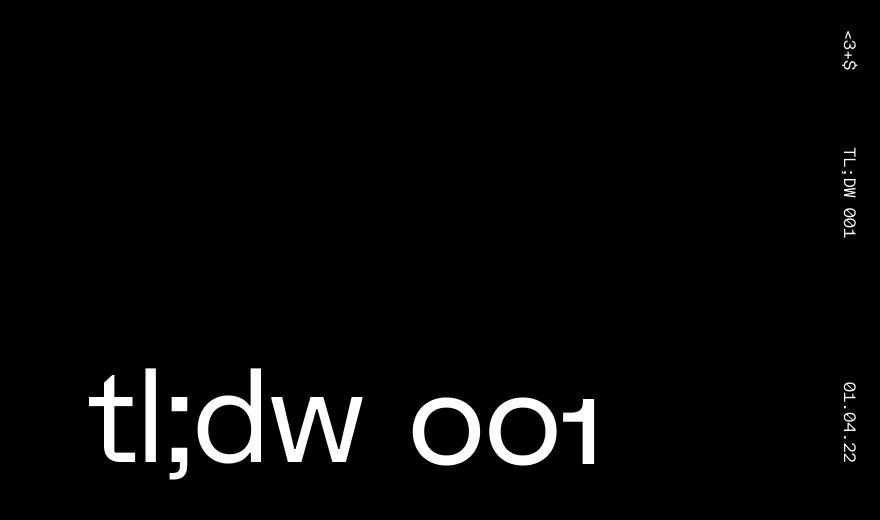What the FAQ is this!?
You know us, we're always iterating on what hath come before because #alwaysbeta.
So, a new content iteration/experiment/exercise.
This time in video form…
tl;dw
We've been doing Figjams since before Figma made it a product (not salty, srs).
Anyway, we continue, and now we screen record. You're welcome for the content, you're welcome for the learning.
Is Human-Centered Design Bullshit?
^a six-minute summary, but basically…
…In what is the exception, not the rule, when defining Human-Centered Design (”HCD”), a great place to start is Wikipedia:
Human-centered design is an approach to problem-solving commonly used in design, management, and engineering frameworks that develops solutions to problems by involving the human perspective in all steps of the problem-solving process. — The Internet
Or in the words of our own Creative Director Danny Pemberton:
Human-centered design focuses on understanding the perspective and needs of the person or people who experience a problem, and uses this understanding as a foundation from which to develop solutions. — Danny Pemberton.
Since its inception in the 1950s, the HCD framework has grown into an industry of online certificates and extensive diagrams.
But now, some will tell you it is simply a five-dollar term that hipsters and product managers throw back and forth at each-other.
Here’s an article from the Harvard Law Review claiming it works.
Here’s one that claims it’s bullshit.
So, which one is it?
Let’s get specific.
Or rather, let’s get pragmatic. Design Thinking and Lean UX are a pair of leading examples and practices of HCD.
The process for Design Thinking
A broad question is asked, to solve a multi-dimensional, needs-driven problem in a limited market, focusing on exploration and opportunities.
OR
Empathize;
Define;
Ideate;
Prototype;
Test.
Which you can compare to Lean UX
A targeted question is asked, to solve a narrowly defined, hypothesis-driven problem, in a current marketplace, focusing on refinement and solutions.
OR
Hypothesize;
Design;
Build MVP;
Learn;
Repeat.
So is it bullshit
Nah. Here’s why:
Design work that’s worth doing should make some kind of impact in the real world.
The real world is mind-bogglingly complex.
Frameworks don’t exist in the real world - and that’s the point of them.
As professionals, we’re obliged to know the difference between how a framework is described and how we use it.
Expecting that implementing complex processes is as simple as describing them, is bullshit.
And that’s the rub: a tool is only as good as its user.
A simple system only works if it is operated by skilled people who can adapt to the complexities of the real world.
Frameworks don’t exist in the real world. That’s why we created frameworks. Of course empathy or a dynamic hypothesis is essential to good design. And while good design is timeless, nay infinite, so are the complexities of the environment it exists within.
So yeah, basically what Danny said.
You can listen to Danny’s full presentation here.




